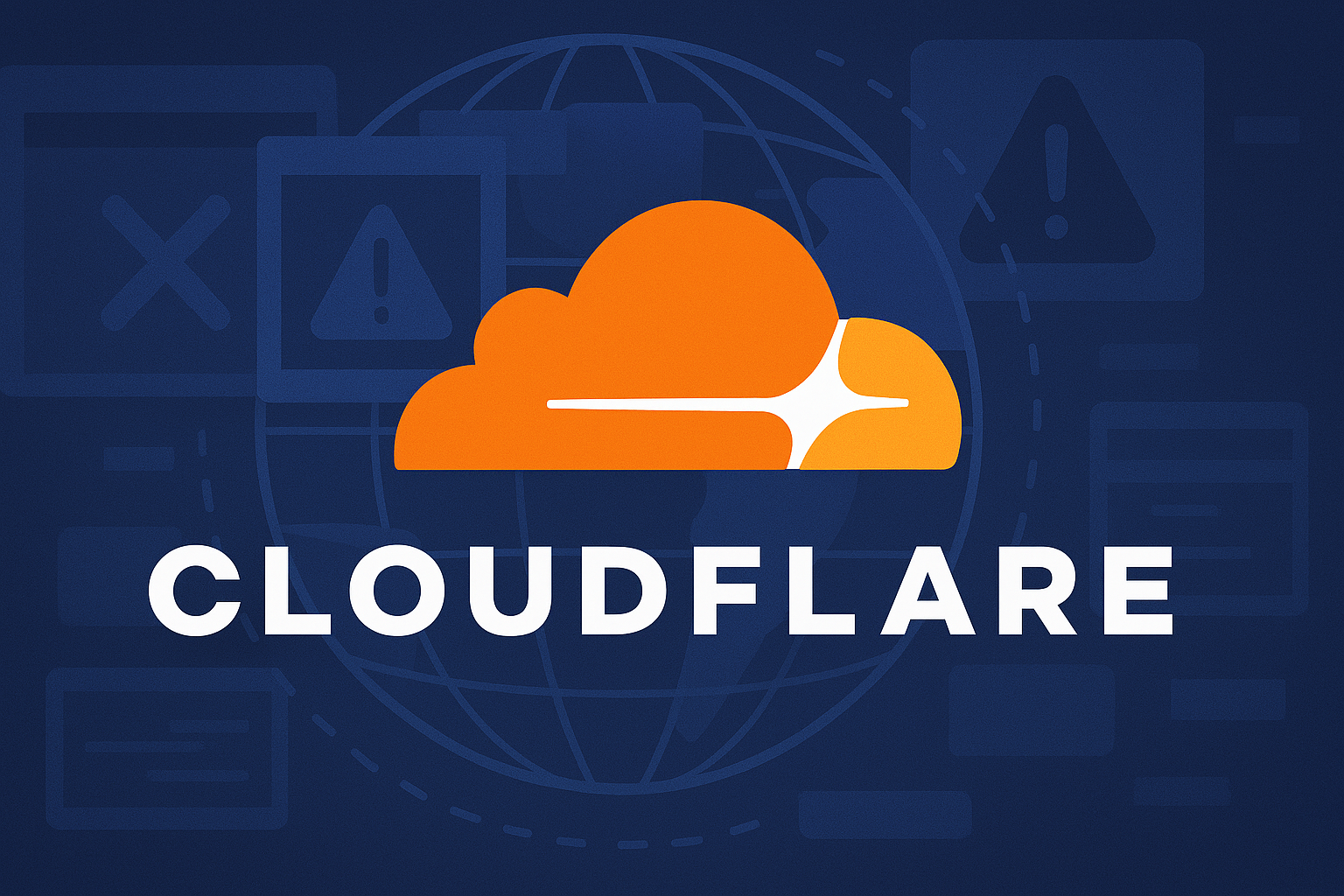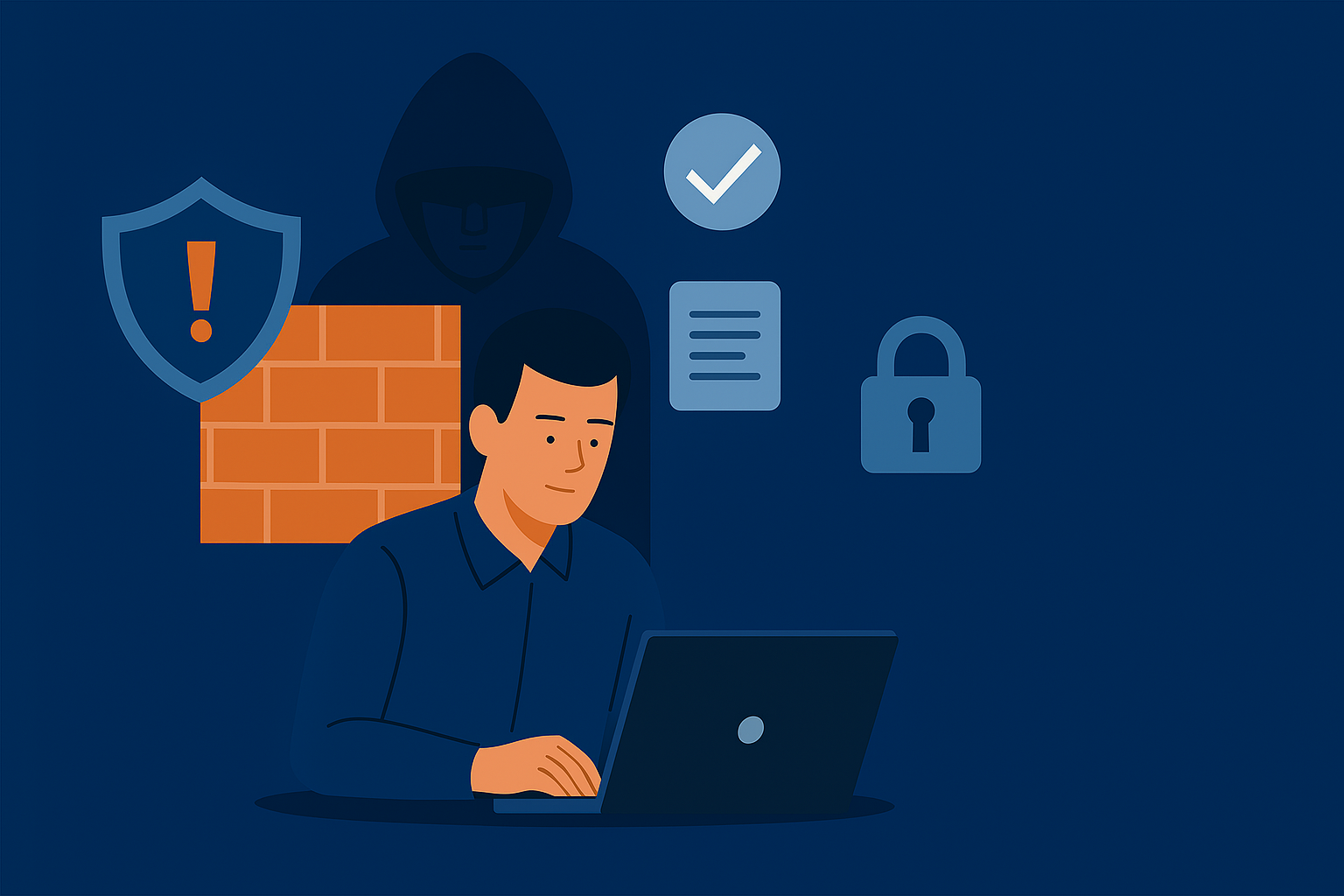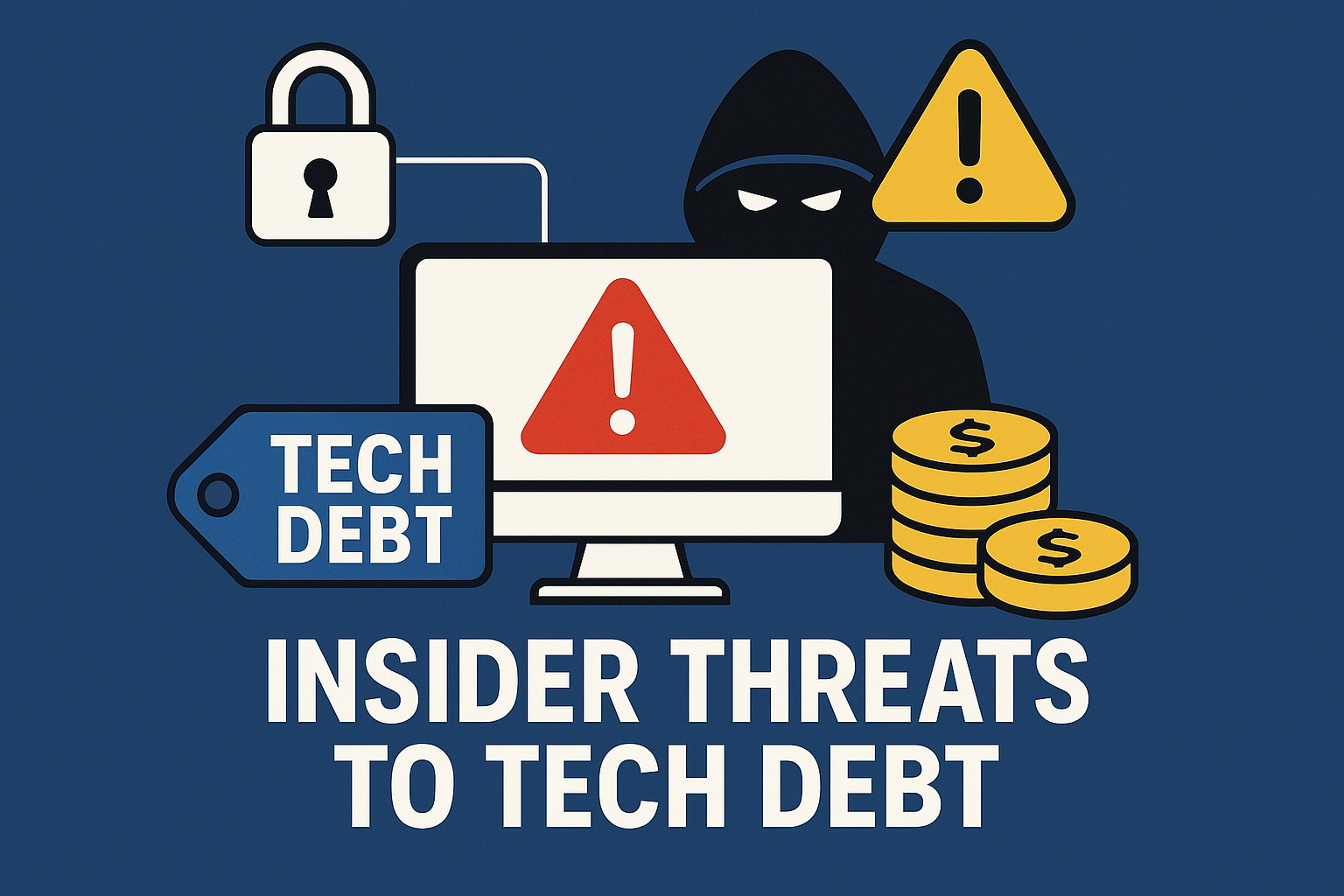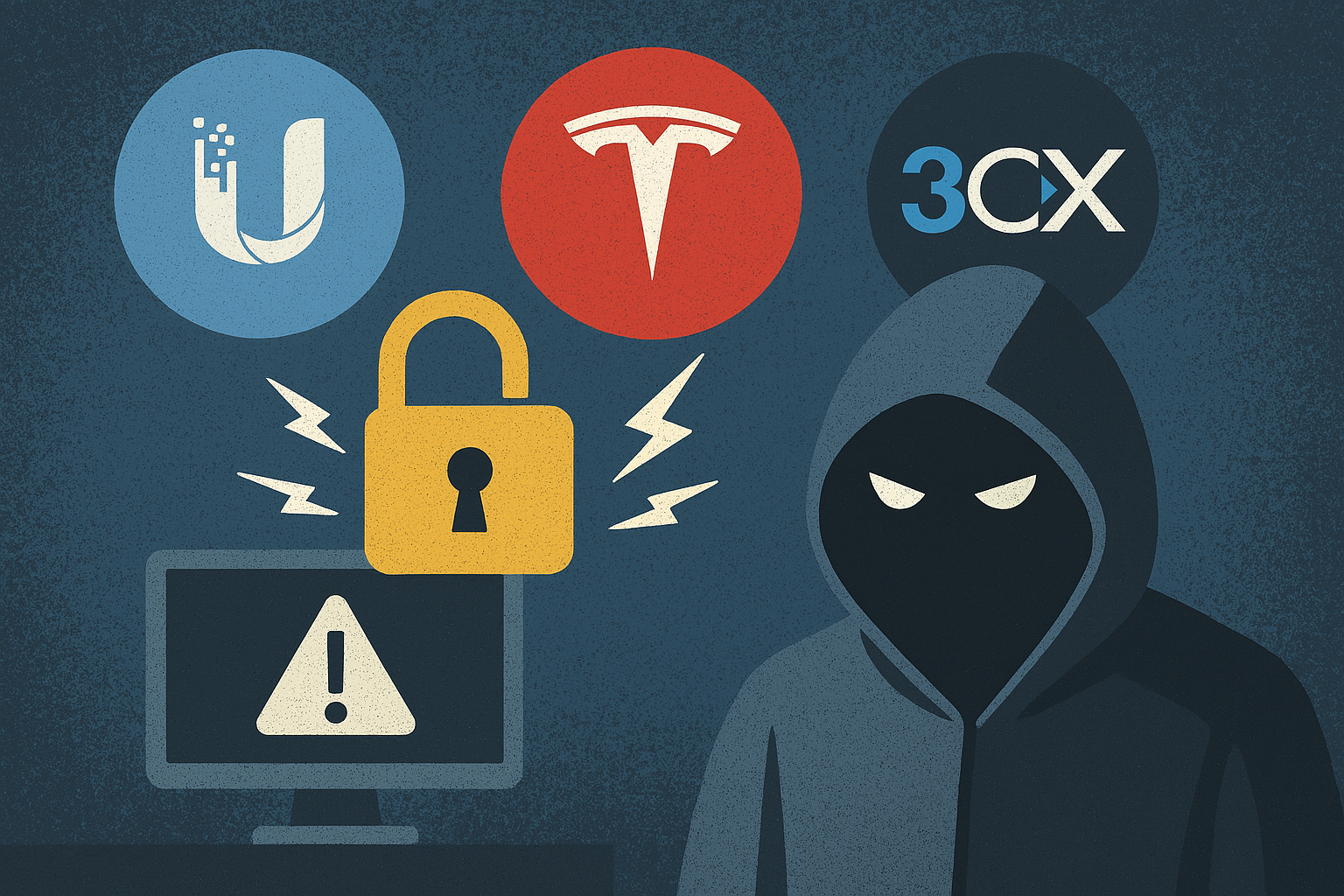On the morning of November 18, 2025, the internet had a moment. If you tried to access ChatGPT, X (formerly Twitter), Spotify, Zoom, Canva, or dozens of other major platforms, you probably saw error messages or couldn’t connect at all. The culprit? Cloudflare, one of the internet’s most critical infrastructure providers, experienced a massive outage that took down roughly 20% of all websites globally.
Naturally, when something this big happens, people start asking questions. Was it a cyberattack? Was it sabotage? Could it have been an insider threat?
Let’s walk through what actually happened, what Cloudflare has said, and whether there’s any evidence of insider involvement malicious or otherwise.
The Outage: What is known
At around 11:20 UTC (6:20 AM ET), Cloudflare detected what it described as a “spike in unusual traffic” hitting one of its core services. This led to widespread HTTP 500 errors across its network, meaning servers couldn’t process requests properly. Users saw messages like “Please unblock challenges.cloudflare.com to proceed,” which typically appear when Cloudflare’s bot protection system fails to verify traffic (Newsweek, Mashable).
Within minutes, major services like ChatGPT, X, Spotify, Canva, and DoorDash were offline. Even Cloudflare’s own dashboard and API were affected. Downdetector, the outage tracking site, was also hit ironic, since it relies on Cloudflare itself (Axis Intelligence).
Cloudflare acknowledged the issue publicly at 11:48 UTC and began rolling out fixes. By 13:09 UTC, they had identified the root cause and started implementing a solution. By 14:30 UTC, the company declared the incident resolved, though some services remained degraded for a short time afterward (The Register).
So… Was It an Insider Threat?
Short answer: No. There’s no evidence of sabotage, malicious insider activity, or external attack.
Cloudflare’s CTO Dane Knecht explained that the outage was caused by a “latent bug” in a service that supports their bot mitigation system. After a routine configuration change, the bug was triggered, leading to a crash that cascaded across their network (TechCrunch). The company emphasized that this was not an attack and that no malicious activity was detected (Mashable, Lifehacker).
The specific issue? A configuration file used to manage threat traffic grew beyond its expected size. This file is automatically generated, and when it got too large, it crashed the software system responsible for handling traffic across Cloudflare’s services (Mashable, The Register).
This wasn’t someone logging in and deleting servers. It wasn’t a rogue employee pushing bad code. It was a technical failure a bug that had been lying dormant until the right conditions activated it.
Insider Error vs. Insider Threat
While this wasn’t a malicious insider threat, it was still an insider originated issue. The bug lived inside Cloudflare’s systems, and the configuration change that triggered it came from within. That’s what we’d call insider error or negligence not sabotage, but a failure to anticipate a scenario that could (and did) cause widespread disruption.
Cloudflare had scheduled maintenance at multiple data centers on November 18, including Atlanta, Chicago, Miami, Buenos Aires, and Santiago. Industry experts speculated that a configuration change during this maintenance may have propagated across the network and triggered the outage (Axis Intelligence). That’s a plausible theory, and it fits the timeline.
But again, there’s no indication that anyone acted maliciously. No suspicious logins, no unauthorized access, no signs of privilege abuse. Just a routine update that exposed a flaw.
How This Compares to Real Insider Threats
To understand what a true insider threat looks like, consider the 2018 Cisco WebEx sabotage case. A disgruntled ex employee who still had access to Cisco’s AWS account logged in and deleted 456 virtual machines, causing $2.4 million in damages (InsiderSecurity). That’s insider sabotage unauthorized access, destructive actions, and clear intent.
In contrast, Cloudflare’s incident involved an automated system failing due to a configuration oversight. No one deleted anything. No one misused credentials. The system broke itself.
A Pattern of Internal Failures
Cloudflare isn’t alone in this. In July 2019, a faulty firewall rule caused a global Cloudflare outage. In June 2022, a network configuration error took down 19 data centers. Both were internal mistakes, not attacks (Axis Intelligence).
Other tech giants have had similar issues. In October 2025, AWS suffered a major outage due to a DNS resolution error. Microsoft Azure followed with its own failure shortly after. CrowdStrike’s buggy security update in 2024 crashed millions of endpoints globally. These incidents all stemmed from internal errors, not external threats (TechCrunch, Lifehacker).
What This Means for the Internet
The Cloudflare outage highlights a growing concern: the internet is dangerously centralized. A handful of companies Cloudflare, AWS, Azure support vast portions of online infrastructure. When one fails, the ripple effects are enormous.
It also shows how fragile these systems can be. A single config file, a single bug, a single missed safeguard and suddenly, millions of users are offline.
Cloudflare has promised a full post incident report, and they’ve already acknowledged the seriousness of the failure. Their CTO said, “We failed our customers and the broader internet,” and committed to making sure it doesn’t happen again (TechCrunch).
Final Thoughts
There’s no smoking gun here. No insider sabotage. No malicious actor. Just a bug, a config file, and a reminder that even the most sophisticated systems can break in unexpected ways.
If anything, this incident should push infrastructure providers to double down on internal safeguards, testing, and change management. Because when the internet depends on a few key players, the margin for error is razor thin.
Sources
- Newsweek: https://www.newsweek.com/x-cloudflare-down-problems-live-updates-11065082
- TechCrunch: https://techcrunch.com/2025/11/18/cloudflare-blames-massive-internet-outage-on-latent-bug
- Mashable: https://mashable.com/article/cloudflare-outage-cause-revealed-what-happened-why
- Axis Intelligence: https://axis-intelligence.com/cloudflare-outage-november-18-2025
- Lifehacker: https://lifehacker.com/tech/here-is-what-caused-the-cloudflare-outage
- The Register: https://www.theregister.com/2025/11/18/cloudflare_outage
- InsiderSecurity: https://insidersecurity.co/cisco-webex-sabotage-how-a-disgruntled-ex-employee-caused-2-4-million-in-damages






Leave a Reply